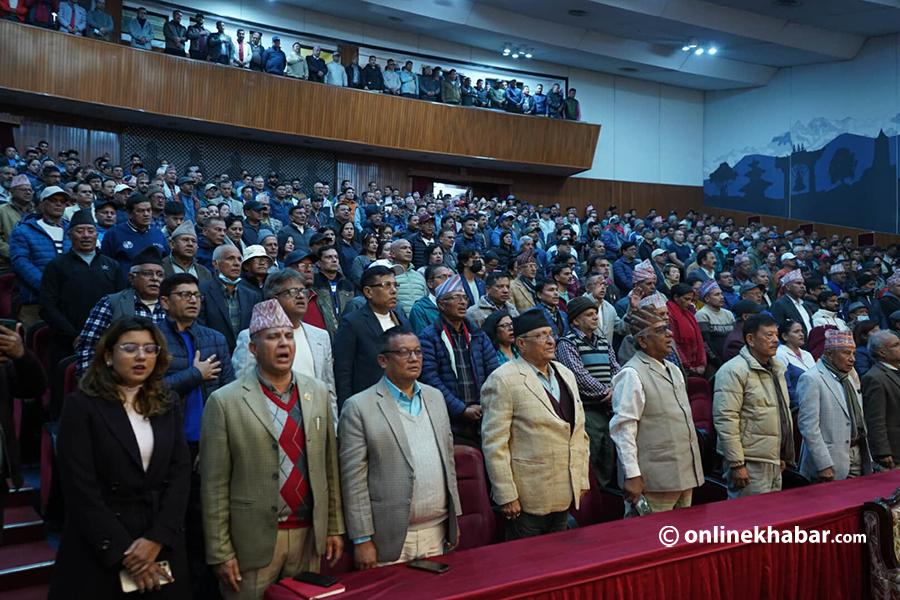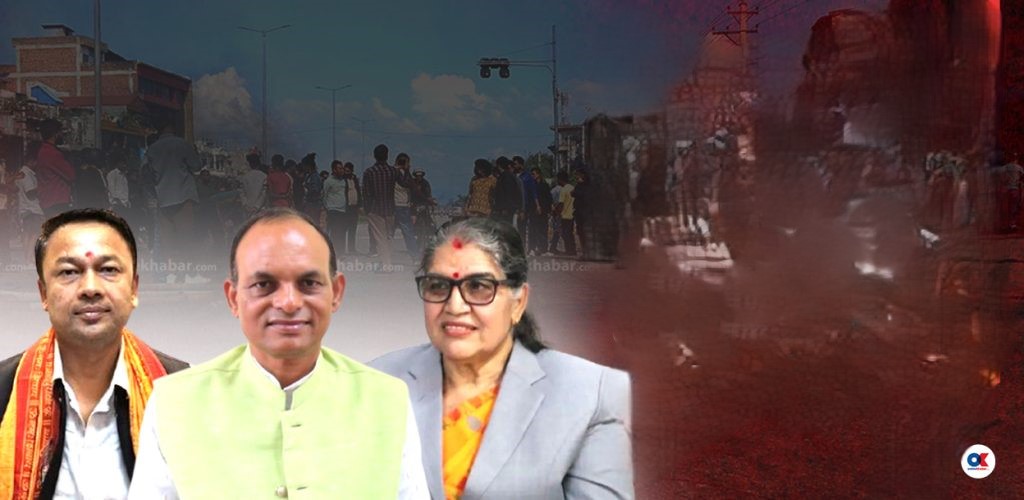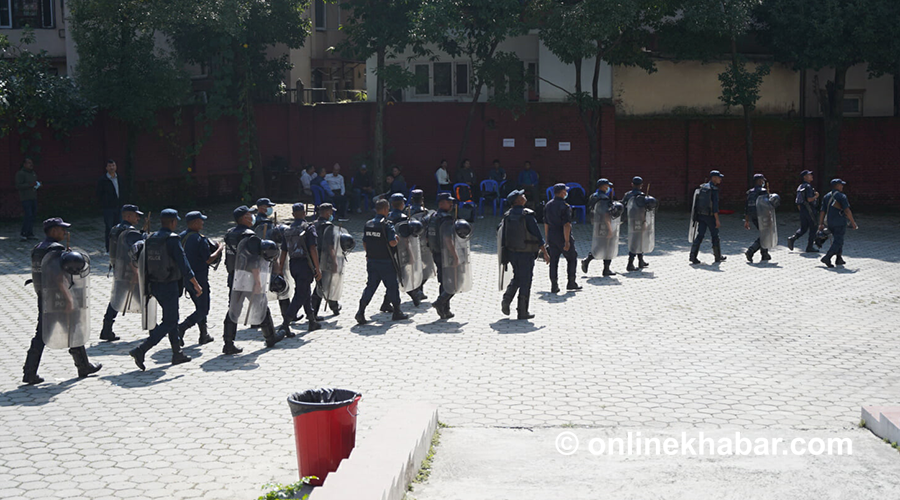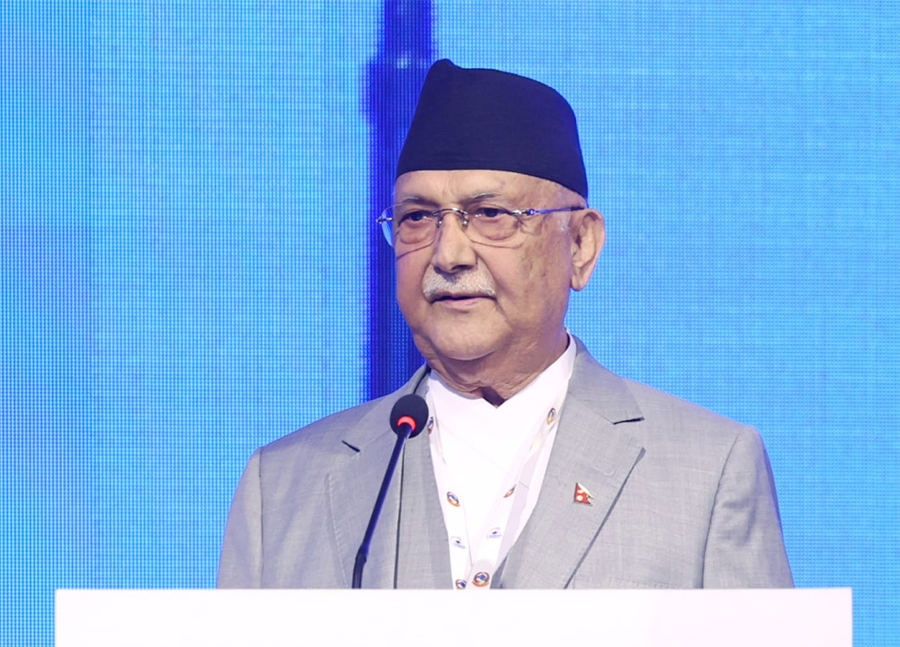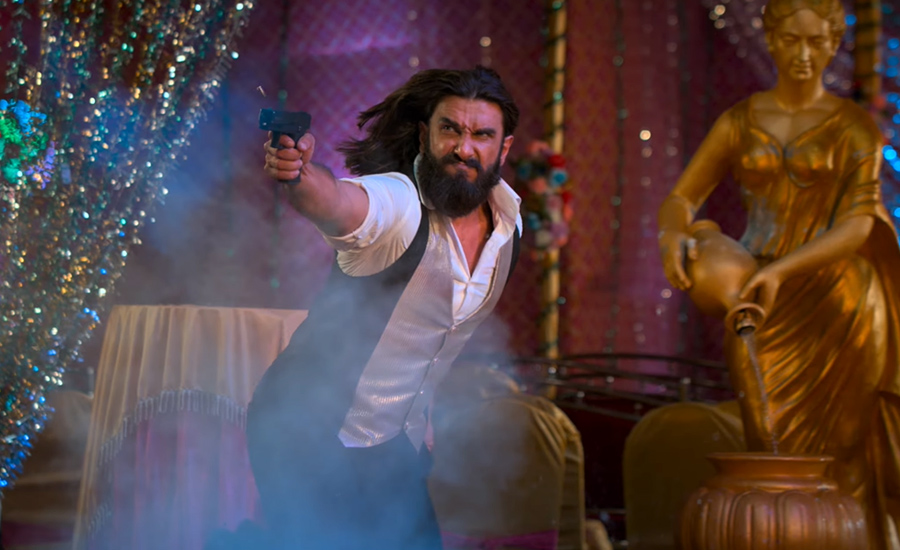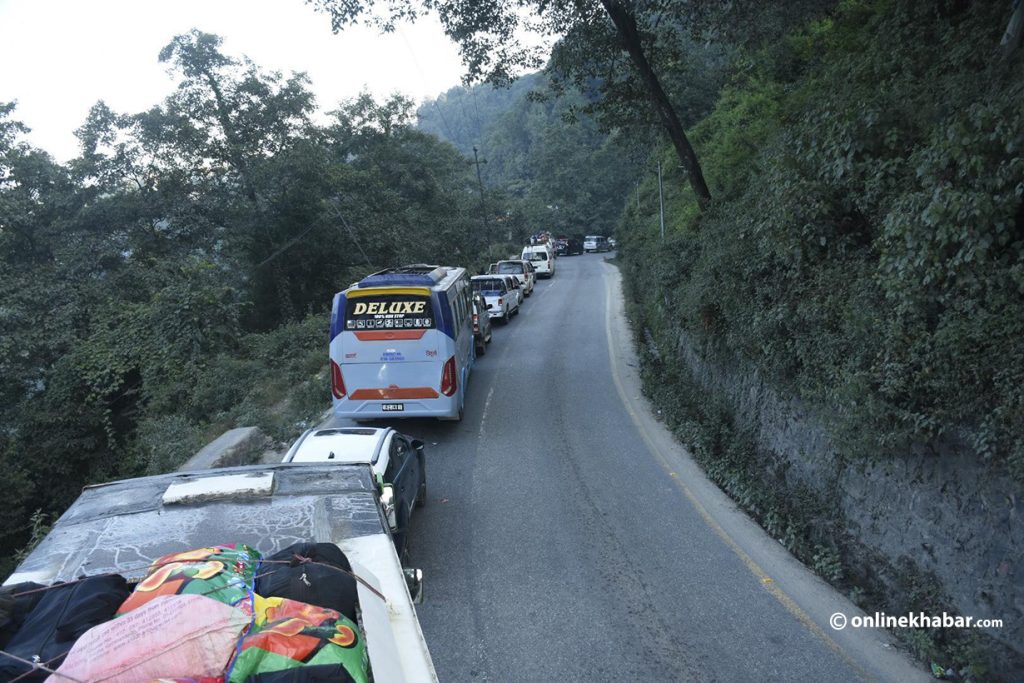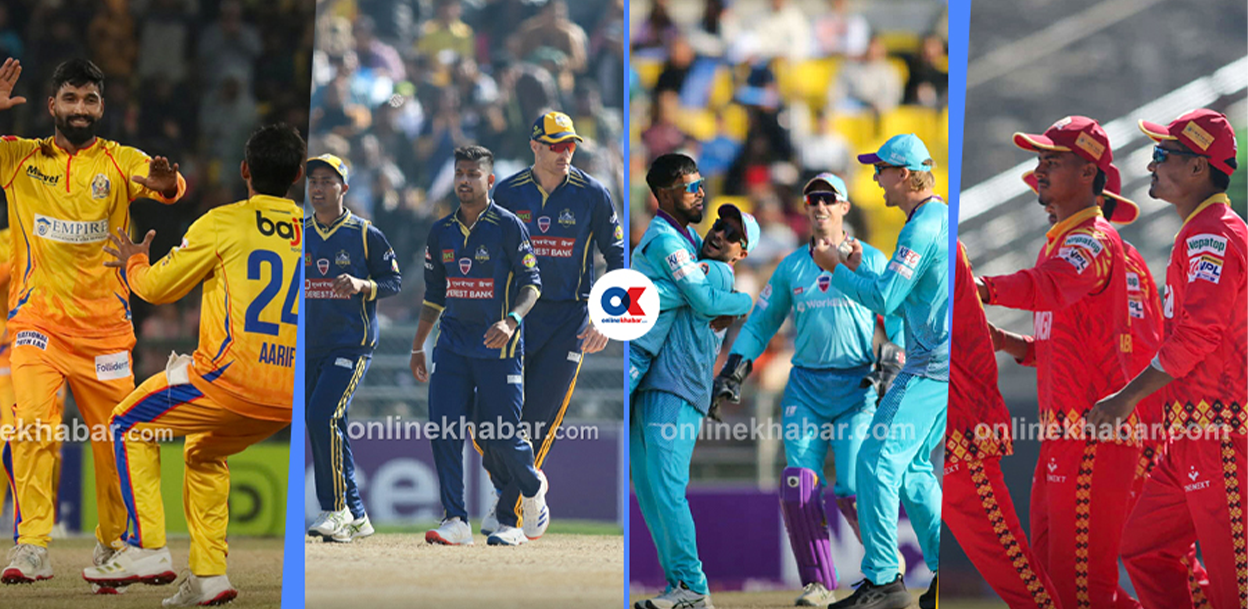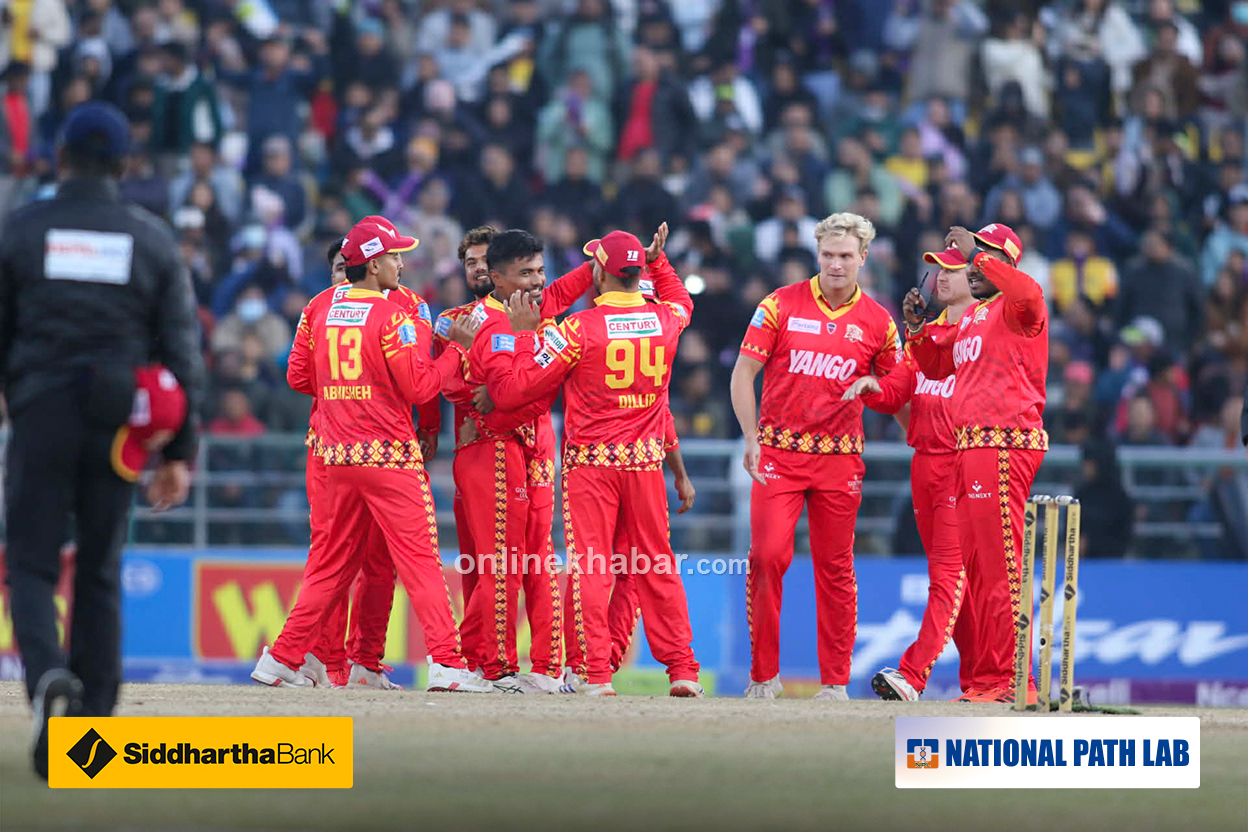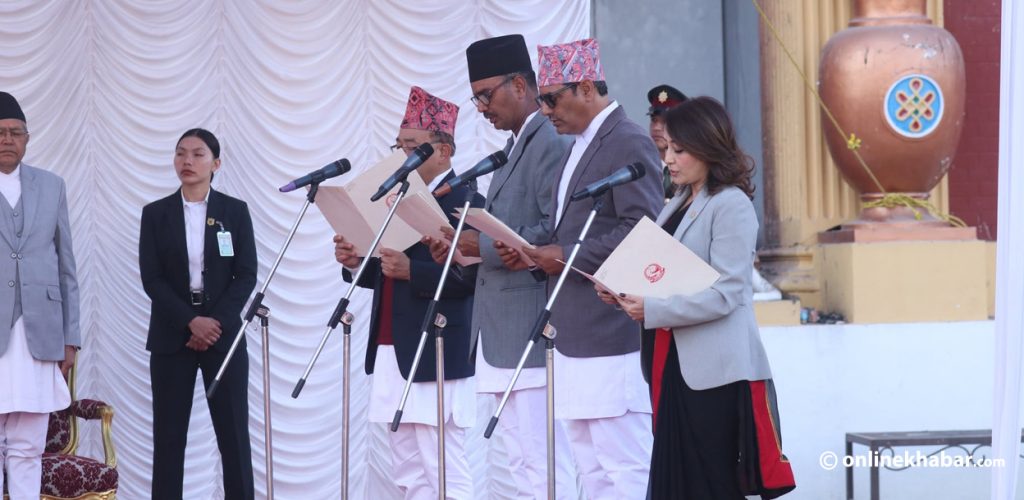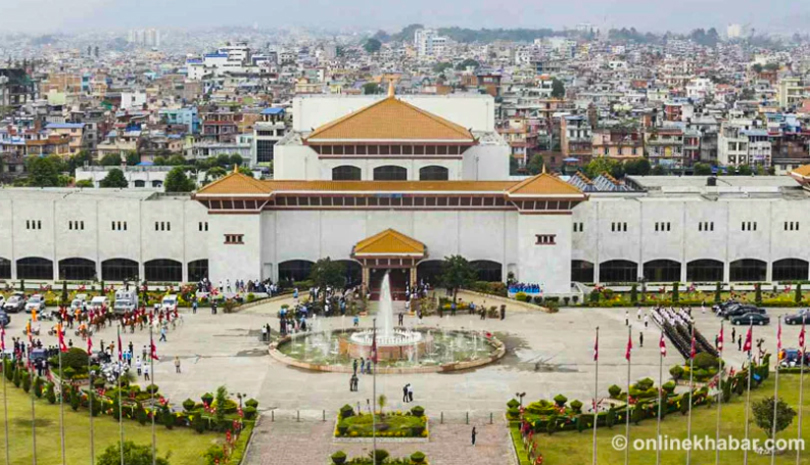
As the results of the federal elections are coming out from all across the country, a phone call from the CPN-UML Chairman KP Sharma Oli to his Maoist Centre counterpart Pushpa Kamal Dahal, possibly about the formation of the new government, caused a hullabaloo.
The call made to Maoist chair Pushpa Kamal Dahal on Thursday was a clear sign that Oli needed his support and in the call, he asked Dahal to meet him to discuss working in tandem in the future.
The two, who had not spoken to each other after the fall of the erstwhile Nepal Communist Party, speaking on the phone has raised a lot of eyebrows. The phone came at a time when Dahal and the Maoist party, disappointed with how the elections have gone for the party, were looking at options about the next course. Now with the call, a communist alliance is once again on the table.
But, will that happen as far as the new government is concerned? Or, will the newly formed Rastriya Swatantra Party be the kingmakers? What will happen to the Nepali Congress and the coalition?
Here, we look at three possible equations for the government formation which will turn the politics of the country.
The context
As of Saturday morning, Nepali Congress has won 49 constituencies and is leading in five. Similarly, the UML has won 38 constituencies and is leading in six.
When it comes to proportional representation votes, both UML and Nepali Congress are neck and neck. If the trend continues, Congress and the UML are likely to have around 85 and 80 seats in total respectively.
The Maoist Centre will most certainly be the third party in the elections. Contesting the elections and forming a coalition with the Nepali Congress, the Maoist Centre has won 16 constituencies and leading in two.
When it comes to the proportional representation votes, the Maoists have received fewer votes than the Rastriya Swatantra Party, which means the Maoists are likely to win 16/17 seats directly and 15/16 via the proportional system, giving them around 30/32 seats in the House of Representatives.
Rastriya Swatantra Party won seven seats directly, and will likely win 16/17 seats through the proportional system. Rastriya Prajatantra Party will likely finish as the fifth party as it has won six seats directly and leading in one. It is likely to secure around 8/9 seats from the proportional representation system.
But, parties like the CPN-Unified Socialist and Loktantrik Samajbadi are unlikely to meet the threshold to become a national party as the two have won 10 and four seats respectively. Their proportional votes are not great either.
These data show both the Nepali Congress and the UML have the chance to form the government. But, reaching a majority of 138 seats as demanded by the constitution is not going to be easy as the Maoist, RPP and RSP will hold the key to the new government.
Scenario 1: Coalition rules

The Nepali Congress wants to form the new government with the current coalition it has formed with the Maoist Centre, Unified Socialist, Janamorcha and LSPN.
It is projected that the NC will win 85 seats, Maoists 32, followed by Unified Socialist, LSPN and Janamorcha with 10, four and one seats respectively. This will take the total seats of the coalition to 132, which is six fewer than what is needed to form the new government. Their only hope is to seek the support of the Janata Samajbadi Party, Nagarik Unmukti Party and Rastriya Swatantra Party.
Even if the coalition does form a government, since there are so many people involved, it will have a tough time distributing the power among each other. Why? Both Nepali Congress and the Maoist Centre will want their leader to become the prime minister. Even though it is likely that the parties will propose to share the prime ministership, it might not be easy.
Not wanting to make the same mistake he made in his partnership with KP Sharma Oli in the previous term, Maoist Centre Chairman Dahal wants to become the prime minister before anyone from Nepali Congress. But, leaders from the Nepali Congress do not want this.
Some Nepali Congress leaders say that Sher Bahadur Deuba might agree to this if the coalition agrees to make a Nepali Congress leader the president of the country.
This will not be ideal for Deuba as Gagan Thapa wants to become the prime minister himself and will challenge Deuba to become the parliamentary party leader. Thapa will be supported by Biswa Prakash Sharma. Senior leader Ram Chandra Paudel also wants to become the prime minister.
Scenario 2: The UML government with Maoists and RPP
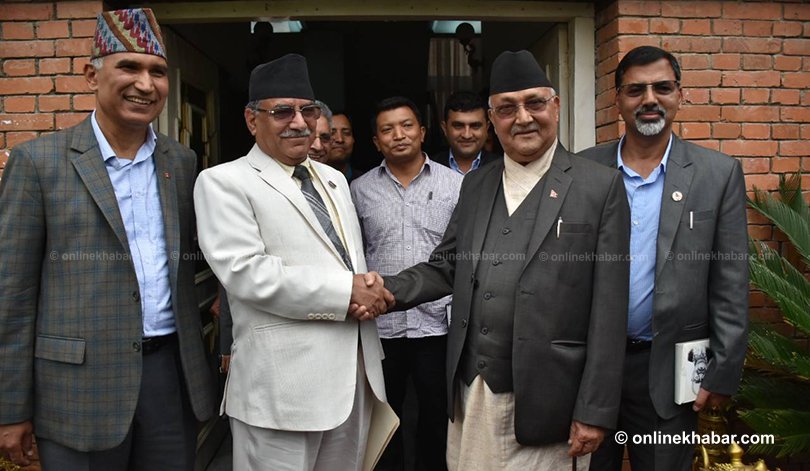
The UML is likely to win around 80 seats in the House of Representatives. Even though this is not good news for the UML which had set a target of 150, it is even worse for the Nepali Congress and coalition which does not have enough seats to form the new government due to it.
This means the UML still has a chance to form the new government, but it will need help from different parties as its coalition with the RPP and JSPN will be enough. Even if it brings the RSP on board, it will not have enough to form the government.
Oli did call Dahal to discuss the issue because he knows he will need the Maoists on board. The Maoists were left disappointed with the lack of vote transfer in the current coalition, which has already started to raise issues about whether forming a coalition with the Nepali Congress was the wrong idea.
But, even if the Maoist does come on board, the UML-led coalition will not have a majority to lead the government unless the RPP joins this.
A leader of the Maoist Centre says the party’s priority is to continue the current alliance, but it cannot completely reject the possibility of forming a new government together with the UML and RPP.
Scenario 3: Congress-UML partnership
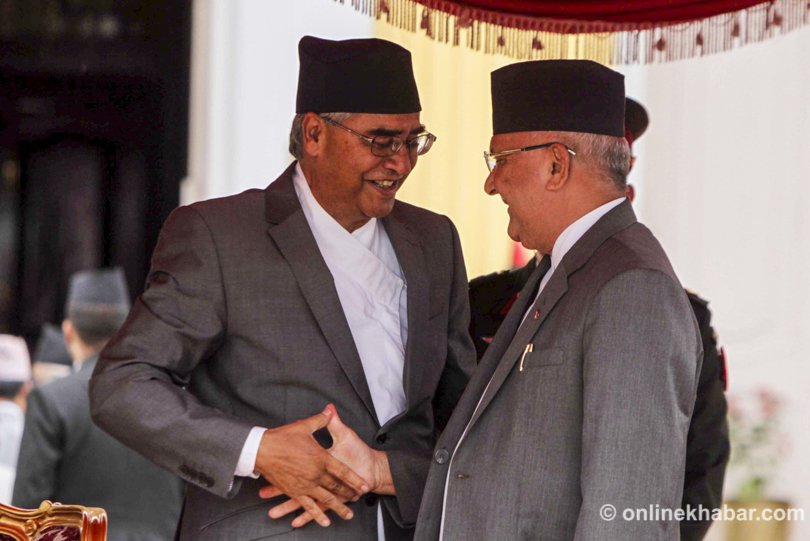
Even though this type of new government seems a wild idea now, Nepal has already seen weirder things in politics. If the Nepali Congress and the UML come together, they will not need any other party to form the new government.
This had happened in the past too. When the Dahal-led government fell down in 2008, the UML and Nepali Congress formed a coalition government. They formed a similar government in 2013 too after the second Constituent Assembly elections.
But, the government at that time had the responsibility of coordinating the work of drafting the constitution. Since there was a lot of agreement between the Nepali Congress and the UML on the content of the constitution, it seemed natural to form a government by excluding the Maoists then.
Things are different now. The UML leaders, including Oli, have been continuously giving proposals for political polarisation from the public platform, so they are unlikely to stand together with Congress just to form the new government.
This story was translated from the original Nepali version and edited for clarity and length.






